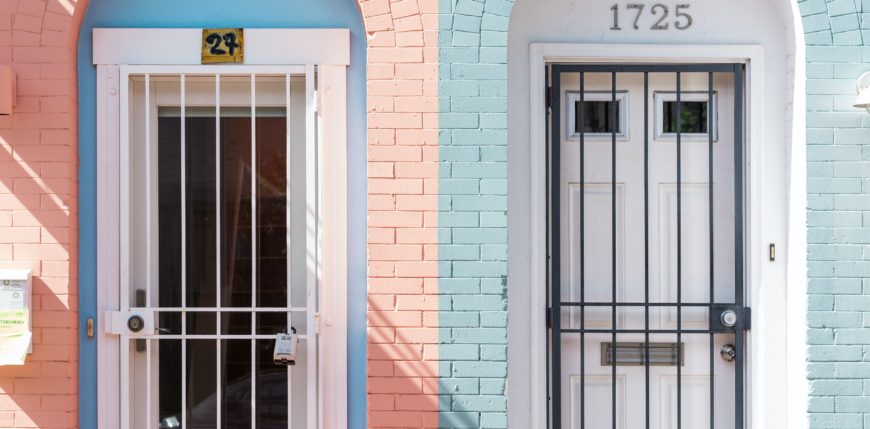Seeped in cultural and historical significance, it’s understandable that there are restrictions when renovating a heritage listed home. While that’s not to say that you can’t make any changes, a little more legwork and creativity – and often cost – is often required.
Understand what you’re doing
Working on a heritage listed property comes down to knowing the implications of your proposed plan. Understanding the reasons why certain things cannot be altered will not only help you to obtain development approval, but will also highlight why the building’s character, architecture or landscape is worth preserving.
Determine its level of significance
Whether it lies in the external or internal features, determining where the heritage value lies will set you up for what you need for authority approval. It will also highlight where the restrictions will be imposed on your renovation works.
Bring in the experts
As things can get a little complicated, having a specialist team by your side will prove invaluable. A heritage consultant, experienced architect or even a town planner can assist you throughout the whole process, from the design to dealing with the council.
Know the difference between restoration and conservation
The two are commonly confused, restoration is taking the property back to its traditional form, whereas conservation is maintaining the status quo.
Deciding what to do is a relatively large judgement call, they’re both worthwhile, it’s just a question of what you’d like to see at the end of the day.
Stay within the rules
While a new coat of paint shouldn’t affect the fabric or the long-term conservation or restoration possibilities for the project, other more structural changes are where you can come unstuck.
Making major changes, like changing the window size to be modern dimensions, then you may run into trouble as there’d be no record of what it was, and the heritage value is lost.
Although renovating a heritage listed property may be a more arduous task than the average home, it is your opportunity to contribute to the preservation of an area’s history, which makes the cost of beauty worthwhile.

